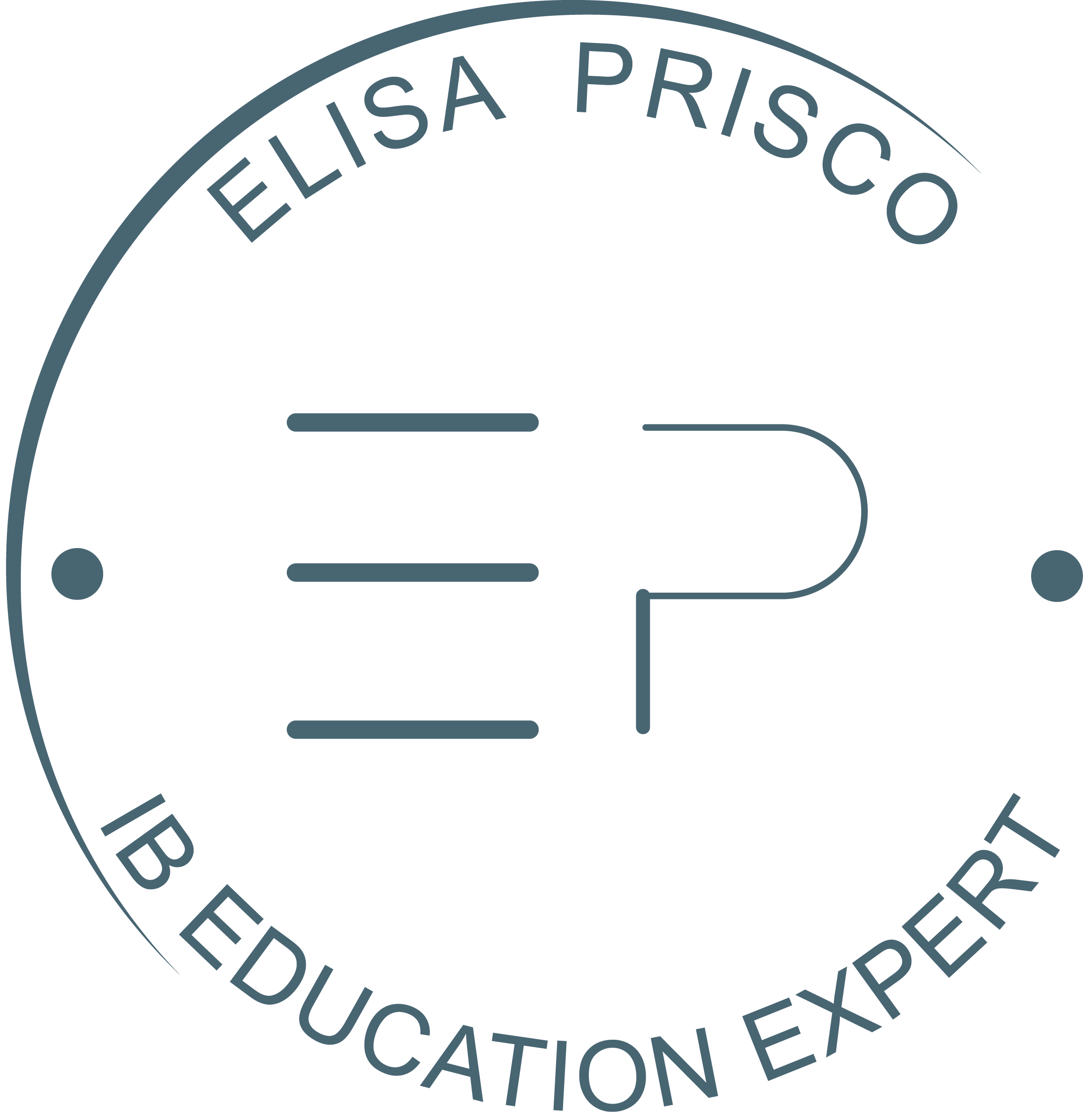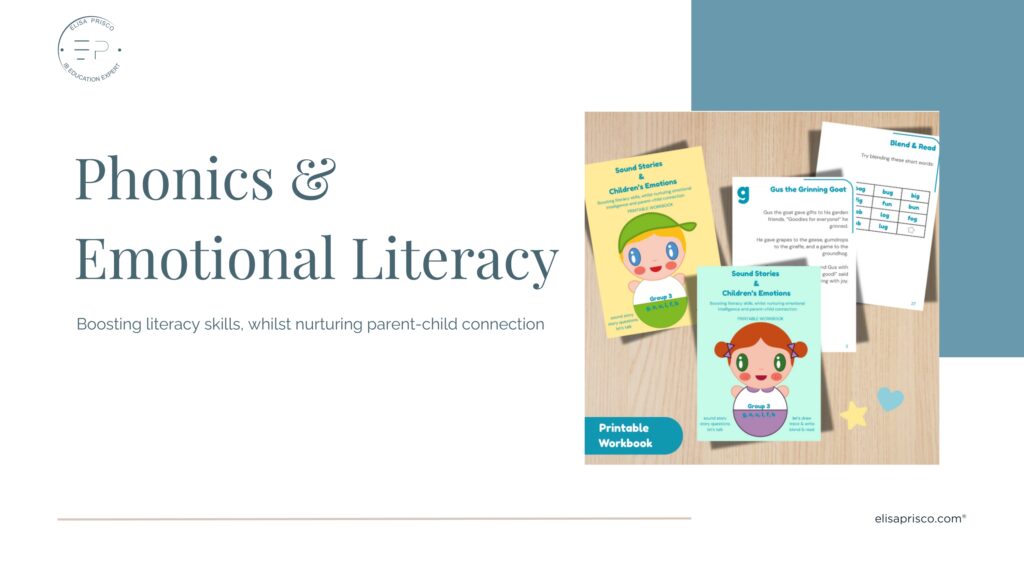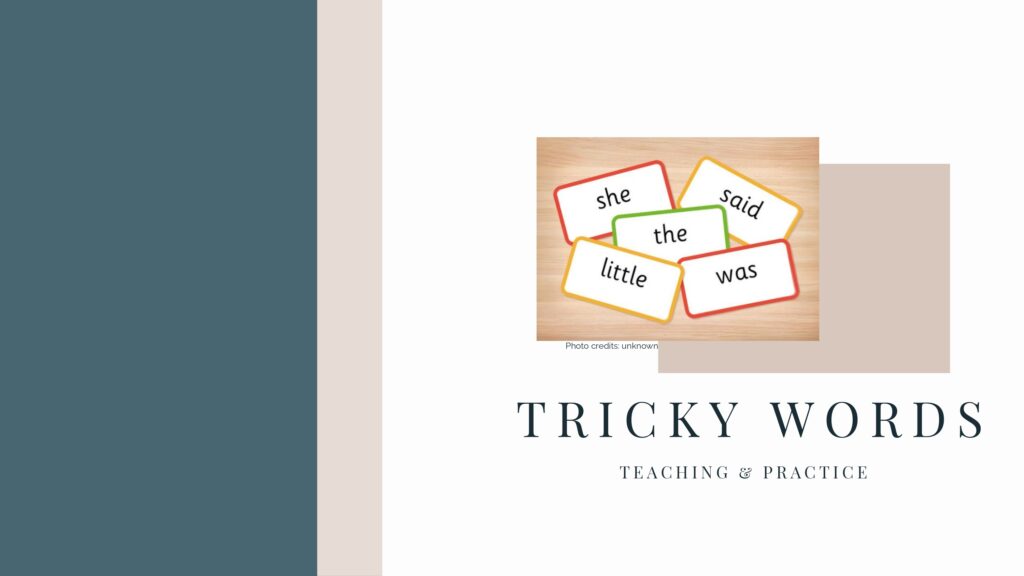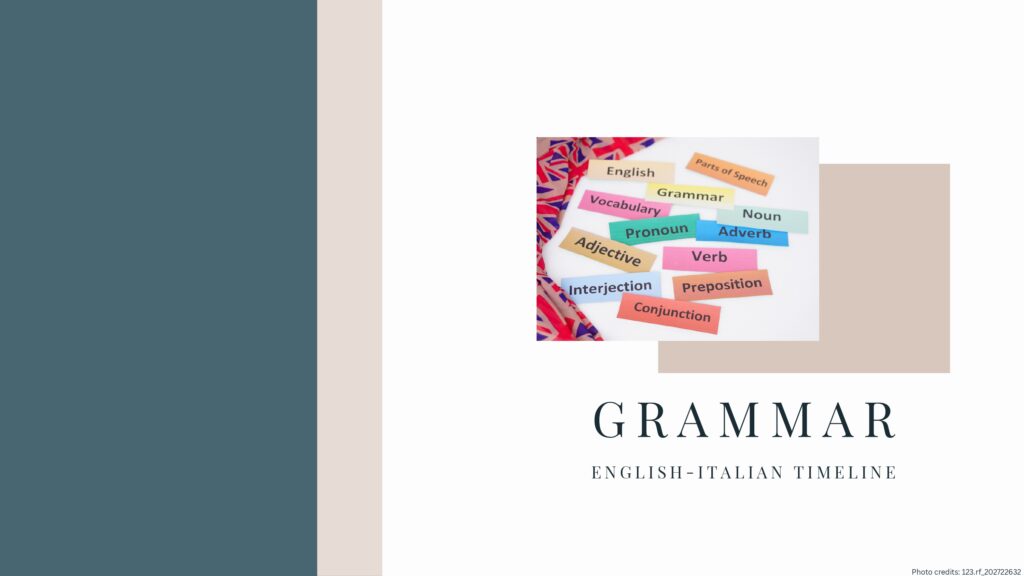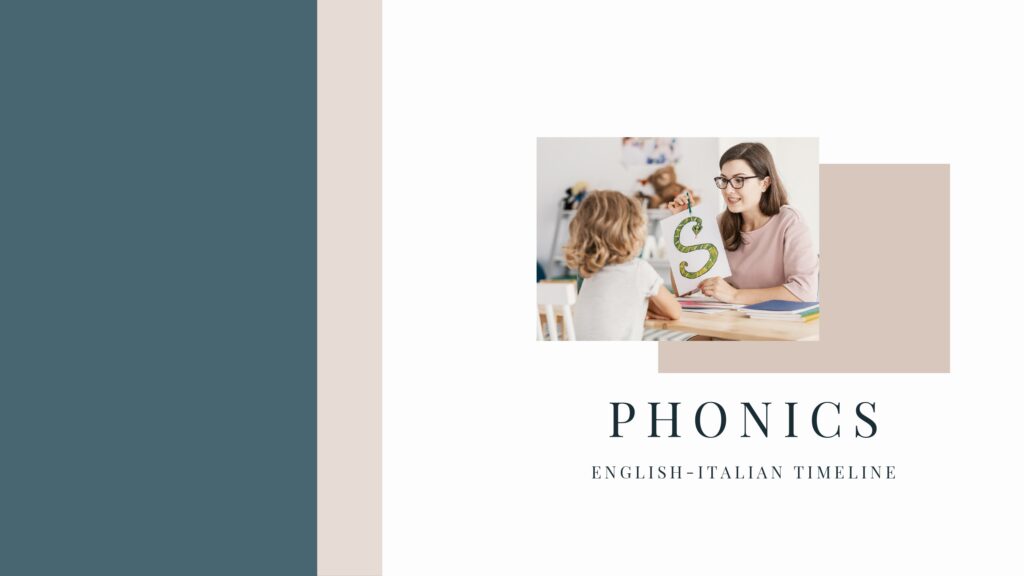My Phonics & Grammar Choice
In my over ten years of experience in international education, I have introduced the Jolly Phonics® and Jolly Grammar® programs in all the schools I have worked with, witnessing incomparable benefits for young learners. Validated by the UK Department for Education as complete, systematic programs, they are widely recognised as the most effective way to teach children to read and write in English.
Bilingual Italian-English Context: My Observations
The accustomed academic format of IB® schools in Italy, delivering the Primary Years Programme®, encompasses English as the language of instruction and Italian as the second language taught. By following each language’s national teaching approach and learning objectives, though, I could observe easily avoidable learning struggles and incongruences experienced, especially by Early Years children. For example, all lowercase letters are introduced in English before moving to the uppercase ones. Instead, in Italian, uppercase letters come first, organised in vowels first and consonants afterwards, which is a concept taught a lot later in English. Many more are examples throughout the grades and the phonics and grammar programs.
My Initiative
Young children need approach and concept consistency to learn at their best potential, allowing opportunities to solidify their knowledge. Therefore, motivated by my mission to improve students’ learning and well-being, I have developed an innovative, progressive learning timeline for the English and Italian languages from the Early Years throughout the Primary cycle. This was possible thanks to my bilingualism, the extensive knowledge of the Jolly® programs, and the Italian learning objectives.
Jolly Phonics® and Jolly Grammar® Disclaimer: This work/product/service has been developed independently and not endorsed by Jolly Learning®. Jolly Phonics® and Jolly Grammar® are registered trademarks of Jolly Learning®
